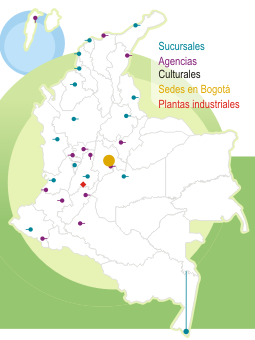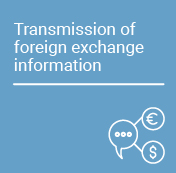Output Gap Estimation, Estimation Uncertainty and Its Effect on Policy Rules
The series Working Papers on Economics is published by the Office for Economic Studies at the Banco de la República (Central Bank of Colombia). It contributes to the dissemination and promotion of the work by researchers from the institution. This series is indexed at Research Papers in Economics (RePEc).
On multiple occasions, these works have been the result of collaborative work with individuals from other national or international institutions. The works published are provisional, and their authors are fully responsible for the opinions expressed in them, as well as for possible mistakes. The opinions expressed herein are those of the authors and do not necessarily reflect the views of Banco de la República or its Board of Directors.
The authors propose a short run model for the monetary transmission mechanism in which the output gap is modelled as an unobserved variable. By estimating this model using maximum likelihood on a Kalman Filter, the authors find an estimate of the unobserved output gap as well as its estimation uncertainty. The performance of monetary rules is studied both with certainty on the output gap values as well as with estimation uncertainty. Although the estimated gap is more reasonable than some other estimates proposed for Colombia, it is estimated with a considerable amount of uncertainty. In fact, the gap is not significantly different from zero in all but five quarter. This result amounts to say that we can not be sure about the sign or value of the gap except when the economy faces an unusual rate of growth. Moreover, we found that potential output does not differ statistically from a linear trend, thus, the gap may be understood as deviations from a linear trend, being the money surprises the source of this deviations. This result may be due to the sample length. In addition, we estimated the optimal linear policy rule with and without uncertainty and used it as a benchmark to evaluate the Taylor rule and the historical data, By introducing output gap estimation uncertainty the variance of the target variables increases, and so the reaction of the authority is smaller, Finally, Colombian historical results resemble those of an economy under a Taylor rule with uncertainty.












































